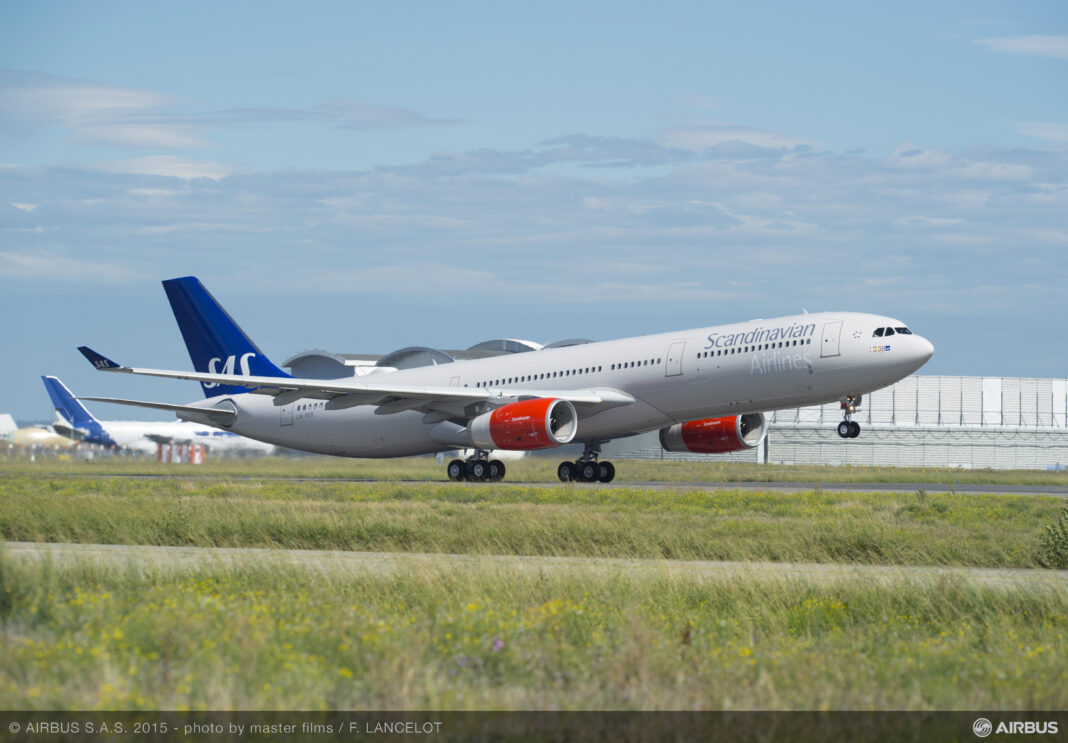The European Union Aviation Safety Agency (EASA) has unveiled a comprehensive proposal to regulate ground handling activities at airports across the European Union. According to EASA, the initiative aims to bolster safety, cybersecurity, and operational consistency in the critical phase of aviation that occurs on the ground, both before and after flights, ultimately benefitting passengers and airlines.
EASA’s Opinion, which marks the first of its kind, represents a significant shift in the regulatory landscape, as it seeks to impact approximately 300,000 workers within the ground handling industry, one of the largest segments of the aviation workforce. EASA details that the proposed regulation will also ensure that ground handling operations fall under the purview of Regulation (EU) 2022/1645 on cybersecurity.
Ground handling encompasses a wide range of activities required to prepare an aircraft and its passengers for departure or arrival. This includes tasks such as aircraft loading and unloading of cargo, mail, and baggage, passenger boarding and disembarkation, de-icing, anti-icing, refueling, and securing the aircraft during turnaround, pushback, and towing.
According to EASA, until now, this crucial aspect of aviation has largely operated under self-regulation, with operational arrangements, including those related to safety, primarily governed by bilateral service agreements between ground handling service providers and the airlines they serve.
EASA Acting Executive Director, Luc Tytgat, emphasized the significance of this regulatory proposal, stating, «Aviation safety starts on the ground. This entirely new proposal fills an important gap in the overall regulation of aviation operations in the European Union, which means that we will now have an end-to-end approach to ensuring aviation safety and cybersecurity.» He added, «For passengers and their airlines, this will provide increased certainty that ground handling operations are being carried out safely and consistently in all major airports across the EASA Member States.»
The proposed Opinion, as detailed by EASA, also introduces a more efficient approach to the oversight of ground handling organizations by competent authorities. According to EASA, this is anticipated to reduce redundant verifications of the same activities and organizational aspects, ultimately decreasing the substantial number of audits currently conducted, mainly by aircraft operators. EASA asserts that aircraft operators will maintain overall responsibility for aircraft and flight safety.
Tytgat explained the practical implications of this approach, noting that «Today, a large ground handling organization operating at 100 stations may be subject to over 600 audits from external stakeholders in a year, entailing almost 5,000 hours of work. In the future, air operators will be able to rely on the results of oversight performed only once by the competent authority and reduce their own audits only to the necessary additional aspects. This will reduce costs and free up resources to focus on more critical operations.»
Ground handling procedures have evolved organically as commercial aviation expanded, without centralized regulation. According to EASA, while ground handling plays a pivotal role in ensuring flight safety, it can also introduce safety challenges. EASA notes that many vehicles operating on the airport apron are integral to ground handling functions, serving purposes such as transporting passengers or baggage, positioning stairs next to aircraft, or aiding aircraft pushback from parking stands.
Under the proposed ground handling Regulation, ground handling organizations and self-handling aircraft operators involved in commercial air transport operations with airplanes will be required to self-declare compliance with EU requirements. EASA specifies that this can be achieved by implementing operational procedures developed in-house or by adhering to industry standards and best practices refined over decades. Organizations must demonstrate the presence of a management system aligned with the complexity of their operations, encompassing a safety management system, staff training, ground support equipment maintenance, and well-defined operational procedures. A strong safety culture is also mandated, encouraging the reporting of safety issues without reprisals, prompt resolution, and the use of lessons learned to enhance service safety.
According to EASA, the ground handling Regulation is anticipated to be published in late 2024 or early 2025. The Opinion proposes a three-year transition period for implementation following the Regulation’s publication, allowing stakeholders time to adjust to the new regulatory framework.









